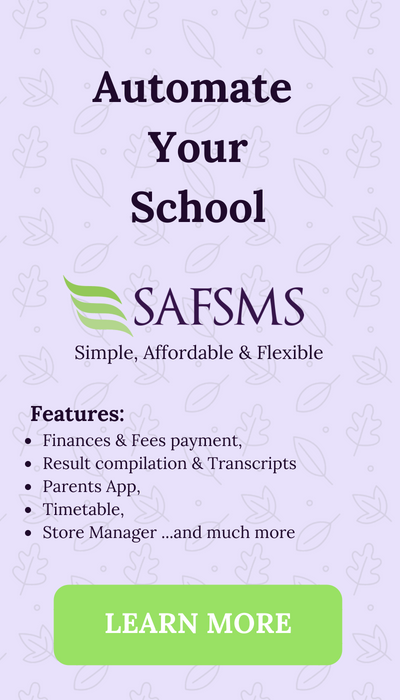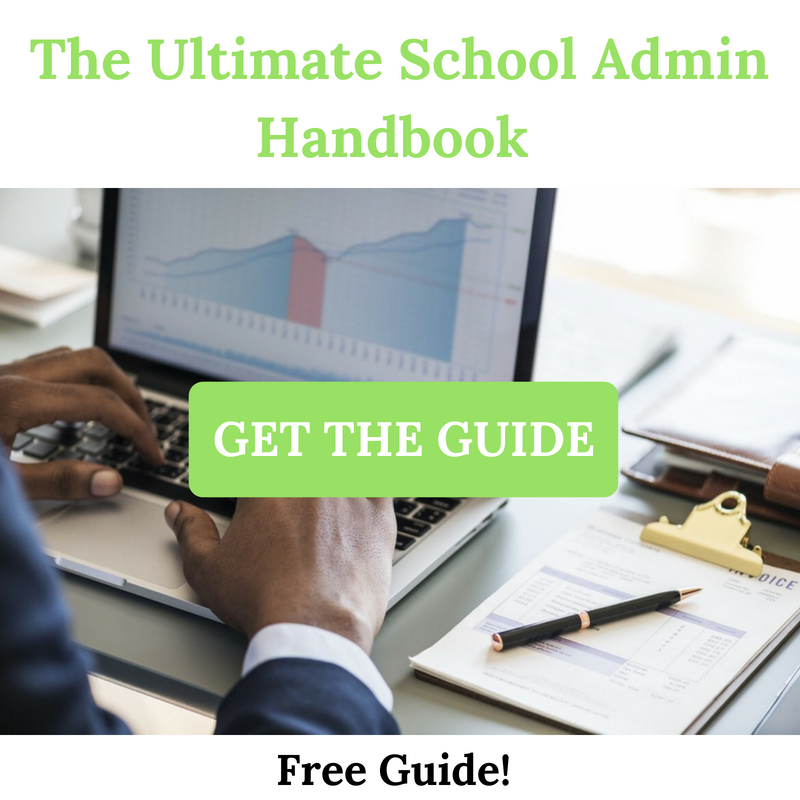Choosing the best E-learning platform for schools in Nigeria
Online learning provides remarkable benefits for many people. Not all learning platforms are for schools, so it’s best to do some research before you or your school start with one.
Even for schools in particular, there are several E-learning platforms out there and choosing one should be done with utmost care. For example, make sure the platform really provides the features and content it claims to have. Also find out if these features will meet your specific needs.
Most importantly, you have to consider the curriculum and the learning structure for both teachers and students alike since they are the ones that would be interacting with the platform. Also, make sure you run a test and that they (teachers and students) understand how it works before committing to it.
Basically, the major questions you have to ask when choosing the best E-learning platform for schools in Nigeria are:
- What do you want teachers and students to be able to do on the platform?
- What platform can best help your teachers and students attain these learning goals?
The answers to the above would help you make a better and more informed decision. However, let’s clearly understand what an E-learning platform for Schools is supposed to be:
An Electronic Learning Platform is an integrated set of interactive online services that provide the students, teachers, and those involved in education with information, tools, and resources needed to support and enhance educational delivery and management. It should provide a comprehensive, secure, web-based training using a simple and intuitive user interface.
Think of an ideal E- Learning Platform for your school as an online classroom where individuals can hold discussions, upload materials, share videos, and audio, carry out learning activities, make announcements and assess and grade student work.
Bear in mind that these features vary, depending on the platform you subscribe to. Materials can be made available in a variety of formats, from videos, audio, pictures and MS Office documents as well as third-party applications. They typically support multiple users at the same time and individual interactions between teachers and students and students and students.
Some of these platforms are hosted on a local server (i.e., these materials and resources are stored safely on a server in your school) or remotely, “in the cloud” wherein your provider manages all server-related issues. Cloud-based platforms demand a good internet connectivity and robust bandwidth; you wouldn’t find a skipping video interesting to watch, would you?
Although most platforms through the use of an LMS (learning management system) and content authoring tools can help you deliver content using different multimedia elements, they each have some unique features; let’s take a look at some of them:
1. Google Suite for Education
This is an obvious and popular choice because almost everyone has a Google account already, so this makes it easy for users to set up and have access to the many free tools like Google docs, Google sheets, Google slides, Google Meet and so on. With these tools, teachers can collaborate on lessons and reports with their colleagues, students can even work on group assignments and the Google classroom environment provides a collaborative classroom environment for virtual learning to take place.
2. Zoom
Zoom is quite a powerful and user-friendly video conferencing tool. Using Zoom, virtual classroom sessions are created where teachers have face-to-face communications with their students. Some other features of Zoom are the ability to make annotations while sharing documents or presentations with students, it comes with a whiteboard feature for scribbling, calculations and many other useful classroom features.
3. Adobe E-Learning Suite
Adobe e-Learning Suite software integrates several tools for rapid eLearning, content authoring, simulations, and media editing. This tool is also very effective for creating self-learning courses for students in tertiary levels and higher education programs.
4. Teachable
Teachable creates autonomy for instructors by letting them re-brand and put a cost on their courses. Teachable has more than 15 million students, 22,000 online instructors, and 34,000 active courses. The numbers are getting bigger and better as they promise to provide a world-class learning experience.
5. WizIQ
This online teaching software is a enables instructors to deliver live and on-demand webinars. It has enough resources such as slides, desktop sharing tools, audio, video and much more. You can also create learning portals, fun courses, and publish them on WizIQ online marketplace.
6. Moodle
Moodle is one of the most appreciated free online learning management systems. It provides educators with an open source solution for e-learning that is scalable, customisable and secure. It’s used worldwide and has a large selection of activities available
7. Skillshare
Courses comprise of a series of videos with a time duration of 10 to 25 minutes. Course lessons entail class projects and videos that help keep the students engaged and productive. Skillshare has a Partner Program where you can create content and sell the subscription, of course; you have to fulfill specific prerequisites like enrolling at-least 25 learners per class and so on.
Your Trusted E-Learning Partner!
Need help taking your school online or starting up an e-learning program? Talk to our team of experts and we’ll help you succeed!
This is just our pick of the options available out there, that are easy and effective – so we think they are among the best e-learning platform for schools in Nigeria. You’re welcome to add some more suggestions in the comments below and we’ll check them out and/or include them to our list.
So now that we know what an E-learning platform for schools is all about, and the questions to ask while choosing one, what are some of the benefits of subscribing to one? Like we said earlier, the two most important person(s) that would be interacting with the platform are your students and teachers. Hence, we would be looking at the benefits based on the two parties involved.
Benefits of E-Learning Platform to Teachers
An Electronic Learning Platform enables teachers to:
- Put their resources online lesson plan by lesson plan, so colleagues and students can access them from anywhere.
- Receive submissions of projects, assignments or homework from students in one area which makes it easy to manage and also assess, track and monitor individual and group progress.
- Access a wide range of learning materials that they can customize to suit the needs of their students
- Create teaching materials which are accessible with an interactive whiteboard, accessed online, or printed out and you can share too.
- Manage their emails, timetables, and discussions within their personal desktop space.
- Adapt their teaching methods to the learning style of their students and also receive feedback from students about materials made available to them.
- Reduce paper consumption as all information is available in electronic format.
- Increase their ICT competence and confidence.
Benefits of E-Learning to Students
An Electronic Learning Platform enables students to:
- Access resources that are created and made available by their teachers, from any location such as the library and home
- Submit homework and assignments received for marking and assessment, all on the platform
- Store notes online to use in assignments, homework, and revision, which is accessible during or after school hours and also encourages students to work at their own pace, gives a wider choice of learning styles, through a personalized curriculum
- Create an online portfolio, including text, photos, and videos of projects and or school activities
- Communicate by email and partake in live discussions and forums with teachers and other students
- Give feedback to their teachers based on materials made available to them.
- Reduce paper consumption as all information is available in electronic format
- Have better and Improved ICT skills and online management of materials.
As we can see, E-Learning has a lot of benefits, for students, teachers and even schools in general. In fact, 75% of teachers in a particular survey said they believe that digital learning will completely replace printed textbooks within the next 10 years.
If you’re still trying to make a decision about the best e-learning platform for schools in Nigeria, you can talk to us anytime and we’ll help you find a solution tailored directly to suit you!







